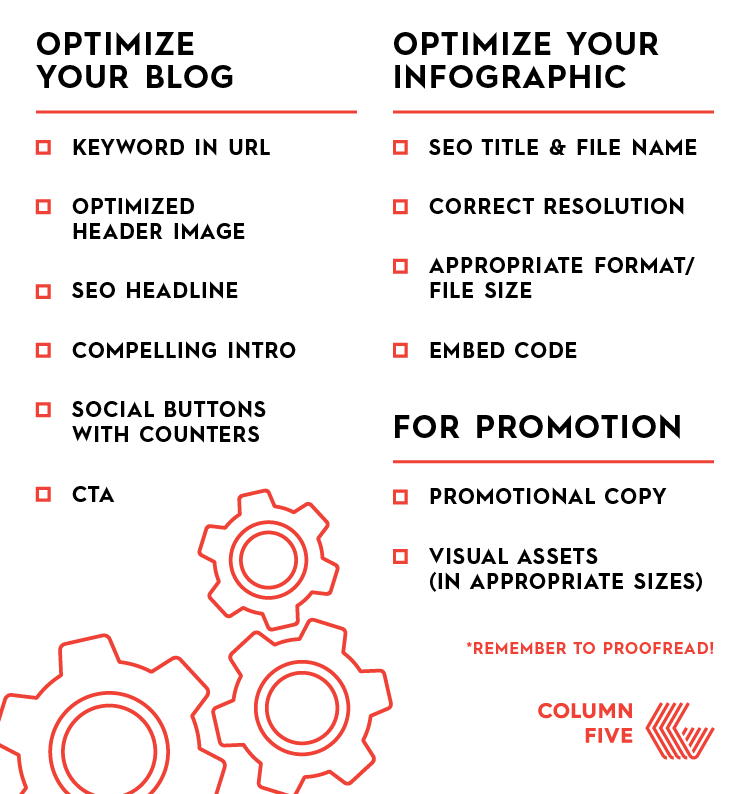Unlock the secrets of SEO success with our expert tips for creating unique and captivating content that drives traffic.

Image courtesy of via DALL-E 3
Table of Contents
In this blog, we will learn about creating unique content to help your website get noticed by search engines. We’ll cover some easy tips and tricks to boost your SEO success.
What is Unique Content?
Before we dive into the tips and tricks, let’s first understand what unique content is and why it’s important for your website. Unique content is original material that is different from what can be found anywhere else on the internet. Creating unique content helps your website stand out and attract more visitors.
Understanding SEO
Before diving into creating unique content, it’s important to understand SEO (Search Engine Optimization).
Why SEO Matters
SEO is crucial for any website to attract visitors. Think of it like a compass that helps search engines like Google find your website among the millions of others out there. Without good SEO, your website might get lost in the vast sea of the internet.
How Search Engines Work
Search engines work like detectives. They constantly scour the internet to find the most relevant and trustworthy information to show people when they search for something. Once you understand how search engines work, you can create content that is more likely to show up at the top of search results, bringing more visitors to your website.
Brainstorming Ideas
Before you start creating content, it’s essential to have a good idea. But where do you find inspiration? One great way is to look at what’s happening around you. Is there a new trend or a hot topic that everyone is talking about? You can also draw inspiration from your own experiences or passions. Think about what you love and what you’re knowledgeable about. Your unique perspective can lead to fantastic content ideas!
Using Keyword Tools
Another helpful tool for brainstorming content ideas is using keyword tools. These tools show you what people are searching for online. By understanding popular search terms, you can tailor your content to meet the needs and interests of your audience. This not only helps you come up with relevant topics but also boosts your SEO ranking by aligning your content with what users are looking for.
Researching Your Topic
When researching your topic, it’s crucial to find reliable sources of information. Look for websites that are known for their accuracy and credibility. Government websites, educational institutions, and reputable news organizations are often good sources to start with. Be wary of personal blogs or social media posts that may not be fact-checked.

Image courtesy of www.linkedin.com via Google Images
Taking Good Notes
As you gather information for your article, it’s important to take good notes to keep track of all the facts and ideas you come across. Organize your notes in a way that makes sense to you, whether it’s using a digital note-taking tool or traditional pen and paper. Make sure to jot down the sources of your information so you can properly credit them in your final piece.
Writing Your Content
Now that you have your outline and research ready, it’s time to start writing your content. This is where your ideas come to life and your article starts to take shape. Follow these tips to craft a well-written and engaging piece:
Creating an Outline
Before you dive into writing, it’s helpful to create an outline for your article. An outline acts as a roadmap, guiding you on what points to cover and in what order. It can help you stay organized and ensure that your content flows logically from one idea to the next.
Writing a Draft
With your outline in hand, start writing your first draft. Don’t worry too much about perfection at this stage. The goal is to get your ideas down on paper. Write freely and let your creativity shine. You can always go back and revise later.
Remember to keep your writing clear and concise. Use simple language and short sentences to make it easy for your readers to understand. Try to explain complex ideas in a way that an 11-year-old would grasp without much difficulty.
As you write, focus on providing valuable information to your readers. Address their needs and interests, and aim to solve their problems or answer their questions. Engage your audience with relatable examples and stories that make your content more compelling.
Finally, don’t forget to include your target keywords naturally throughout your content. This helps search engines understand what your article is about and can improve your chances of ranking higher in search results.
Editing and Proofreading
Good writing is all about rewriting. Even the best writers make mistakes in their first drafts. That’s why editing and proofreading are crucial steps in the content creation process. Let’s dive into how you can polish your content to make it shine!

Image courtesy of www.columnfivemedia.com via Google Images
Checking for Mistakes
When editing your content, it’s essential to look out for spelling and grammar errors. Mistakes can distract your readers and affect the credibility of your work. Use tools like spell check and grammar check to catch any typos. Additionally, read your content aloud to spot awkward phrasing or unclear sentences. This helps ensure that your writing flows smoothly and is easy to understand.
Improving Clarity
Another important aspect of editing is improving the clarity of your writing. Make sure your ideas are well-organized and logical. Check for any jargon or complex language that might confuse your readers, and simplify it. Use short sentences and paragraphs to make your content easy to digest. Consider asking a friend or colleague to read your work and provide feedback on how clear it is. Remember, clear writing is key to engaging your audience and keeping them interested in your content.
Adding Media
When it comes to creating engaging content for your website, adding media such as images and videos can make a big difference. Not only does it help break up text and make your content more visually appealing, but it also helps to retain the attention of your readers. Let’s explore how you can effectively integrate media into your blog posts.
Choosing the Right Images
Images are a powerful tool that can enhance your content and make it more visually appealing. When selecting images for your blog post, it’s important to choose ones that are relevant to the topic you are discussing. Make sure the images you use are of high quality and align with the overall tone and message of your post. Avoid using generic stock photos and opt for unique, eye-catching images that will capture the attention of your readers.
Embedding Videos
Adding videos to your blog posts can take your content to the next level. Videos are a great way to engage your audience and provide them with valuable information in an easily digestible format. When embedding videos, make sure they are relevant to the topic at hand and add value to your content. Consider creating your own videos or sourcing them from reputable sources to ensure they are high-quality and enhance the overall user experience.
Publishing Your Content
Before you hit the publish button on your blog post, it’s essential to make sure it’s optimized for SEO. This means that search engines like Google will be able to find and understand your content easily.
Image courtesy of fitsmallbusiness.com via Google Images
Include your focus keyword in the title, meta description, and throughout the article. Make sure your content is relevant to the keyword and provides valuable information to readers. Use headings and subheadings to organize your content and make it easier for search engines to crawl.
Additionally, optimize your images by adding alt text that includes your focus keyword. This helps search engines understand what the image is about and can improve your overall SEO.
Sharing on Social Media
Once you’ve published your content, it’s time to share it with the world! Social media platforms like Facebook, Twitter, and Instagram are great places to promote your blog posts and attract new readers.
Write engaging captions that encourage users to click on your link and read your content. Use relevant hashtags to increase the visibility of your posts and reach a larger audience. Encourage your followers to share your content with their networks to boost your reach even further.
Engage with your audience by responding to comments and messages. Building a community around your content can help increase traffic to your website and improve your overall SEO ranking.
Summary
In this blog, we have explored the importance of creating unique content to improve your website’s visibility on search engines. By following some simple tips and tricks, you can boost your SEO success and attract more visitors to your site.
Key Takeaways
Creating unique content is essential for SEO success. It helps your website stand out and attracts more organic traffic. Remember to:
- Understand SEO and why it matters for your website.
- Brainstorm ideas that are relevant and engaging to your audience.
- Thoroughly research your topic to ensure accuracy and credibility.
- Write and edit your content carefully to ensure clarity and coherence.
- Add engaging media like images and videos to make your content more appealing.
- Optimize your content for SEO before publishing it and share it on social media platforms.
By following these steps, you can create unique content that not only improves your SEO ranking but also provides value to your audience. Keep experimenting, learning, and refining your content creation process to stay ahead in the ever-evolving digital landscape.
Want to turn these SEO insights into real results? Seorocket is an all-in-one AI SEO solution that uses the power of AI to analyze your competition and craft high-ranking content.
Seorocket offers a suite of powerful tools, including a Keyword Researcher to find the most profitable keywords, an AI Writer to generate unique and Google-friendly content, and an Automatic Publisher to schedule and publish your content directly to your website. Plus, you’ll get real-time performance tracking so you can see exactly what’s working and make adjustments as needed.
Stop just reading about SEO – take action with Seorocket and skyrocket your search rankings today. Sign up for a free trial and see the difference Seorocket can make for your website!
Frequently Asked Questions (FAQs)
How often should I update my blog?
Updating your blog regularly is important to keep your audience engaged and to signal to search engines that your website is active and up-to-date. The frequency of updating your blog can vary depending on your niche and audience preferences. Some bloggers post new content daily, while others may post weekly or even monthly. It’s essential to find a schedule that works for you and your audience. Consistency is key, so try to stick to a regular posting schedule once you determine what works best for your blog.
What if I run out of content ideas?
Running out of content ideas can happen to anyone, but there are several strategies you can use to generate new ideas. One approach is to revisit your older posts and update them with new information or insights. You can also look to industry news, trends, or seasonal topics for inspiration. Brainstorming with colleagues or friends, or even asking your audience for suggestions, can also help spark new content ideas. Additionally, exploring different formats such as video content, infographics, or podcasts can provide fresh angles for your blog posts.







